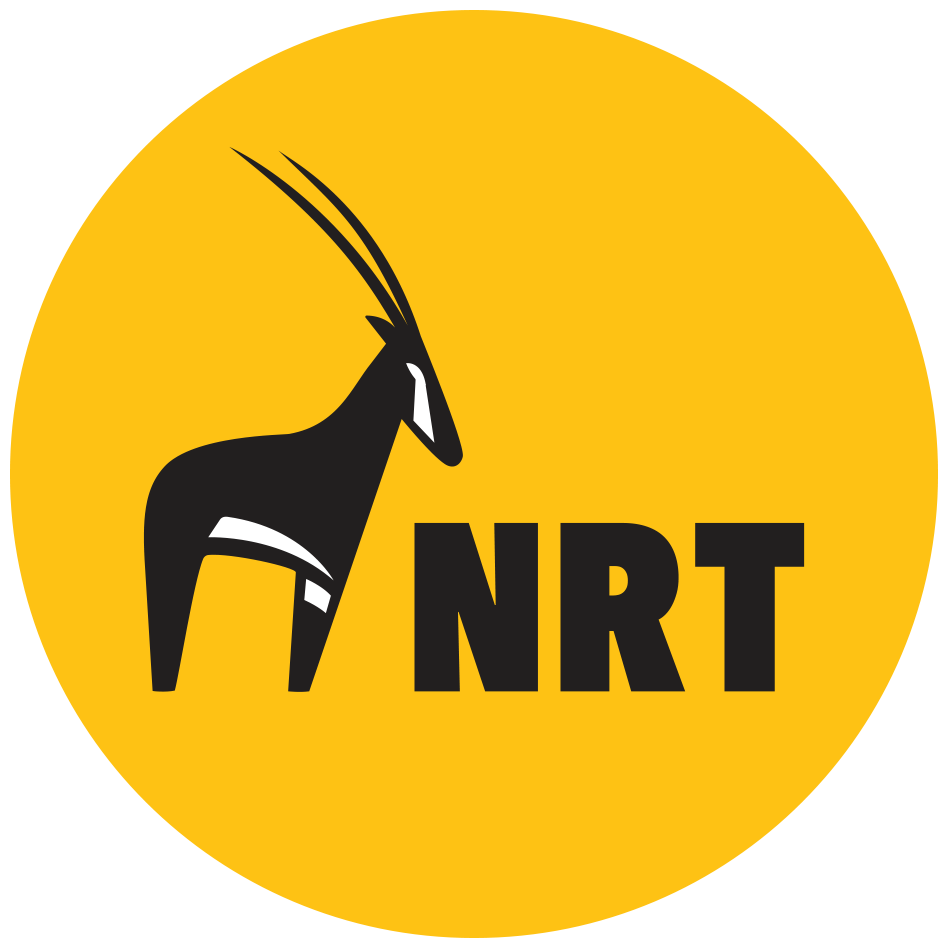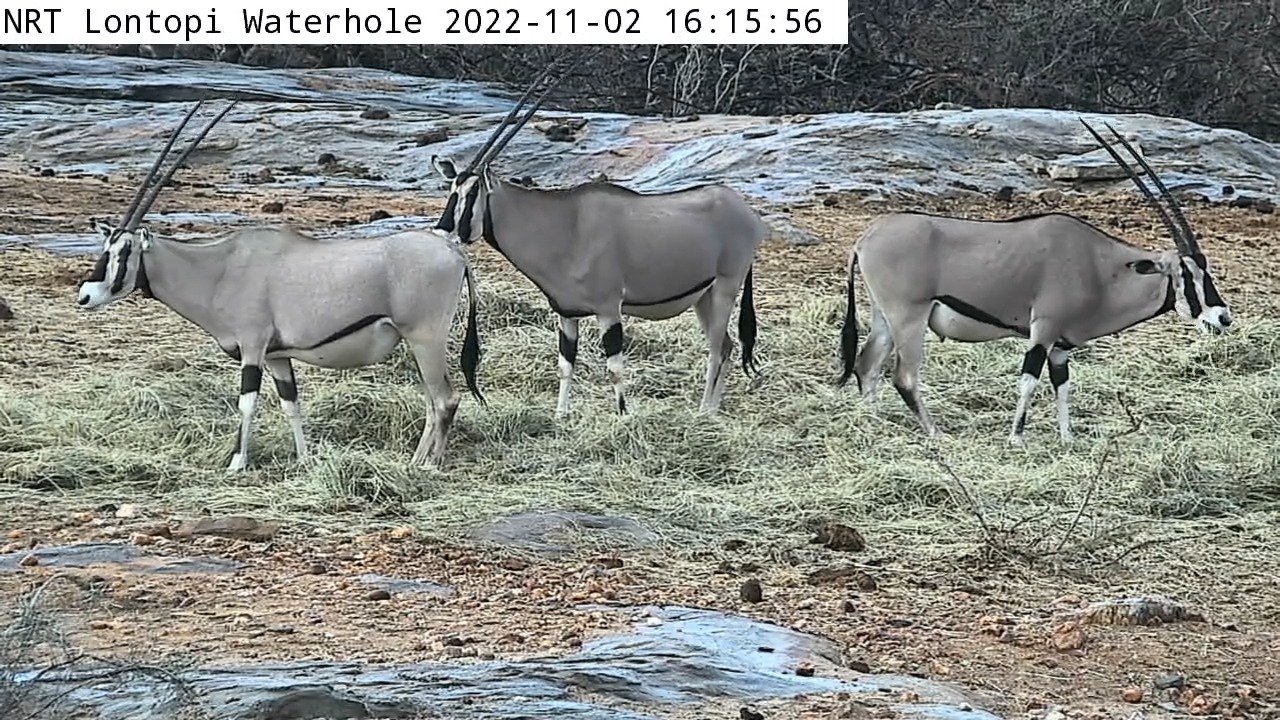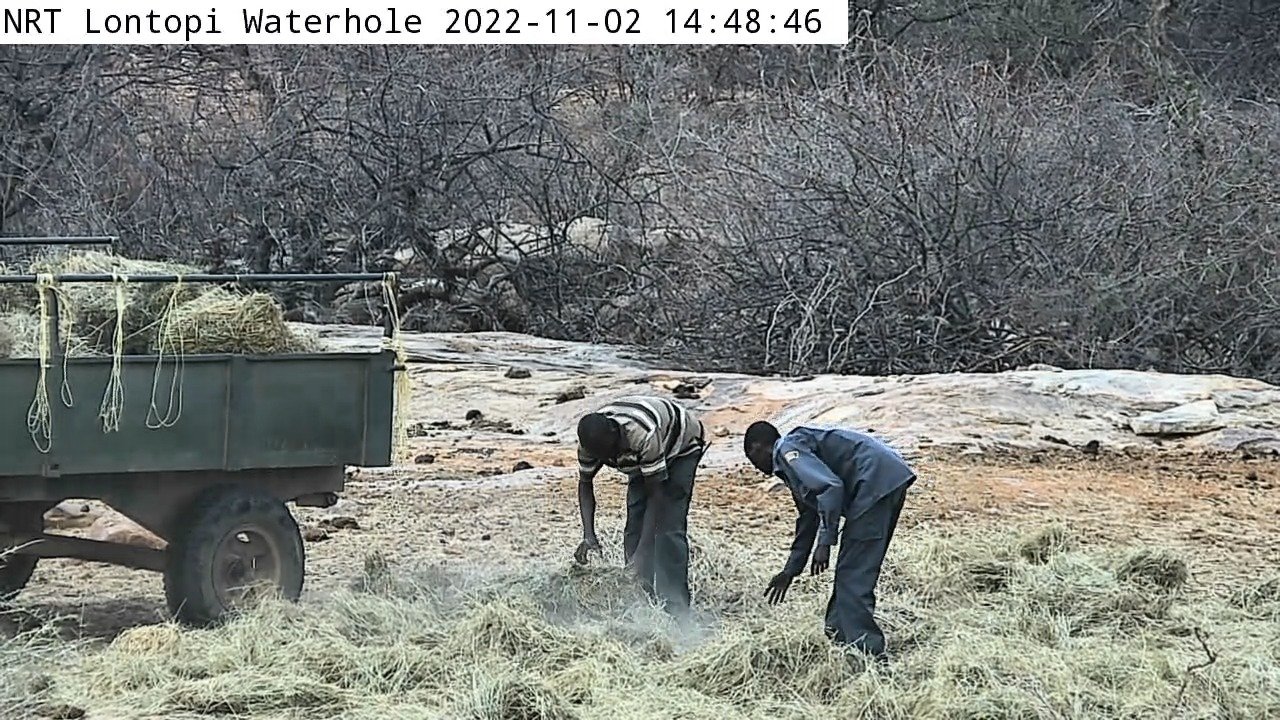Surviving an Unprecedented Drought: When Limits Get Tested
The northern Kenya rangelands are home to an incredible variety of birds and wildlife species, including mighty elephants, towering reticulated giraffes, fearless lions, majestic eland, shy oryx, elegant cheetahs, beautiful rhinos, buffalo, and even the hirola—the world’s most endangered antelope! The region is experiencing the worst drought in 40 years. Searching for water, an elephant herd moves, hoping to find some to quench their thirst or dip in and enjoy a mud spa bath to cool off from northern Kenya’s sweltering heat.
When it gets really dry, as it is now, communities struggle to find the little water and grass left on the land for their livestock. With civilians having easy access to illegal firearms, they often clash over limited resources. We are using the conservancy model to bring these communities together- Tom Lalampaa, CEO, NRT
Months pass. No rain falls, reducing the amount of water available to them and livestock, triggering human-wildlife conflict. In a nearby village, the head of a pastoralist household scans the clear blue skies for any sign of rain. His livestock are parched. His livelihood at stake and concerned for his family, he sits under a nearby acacia tree’s shade, pondering his next move. This is northern Kenya’s fourth consecutive failed rainy season. The dire situation is exacerbated by La Niña, a phenomenon bolstered by climate change that is pushing away the rains normally received in East Africa, upending lives.
A new report by the Wildlife, Research and Training Institute reveals that between February and October 2022, 205 elephants, 512 wildebeest, 381 common zebra, 51 buffalo, and 49 Grevy’s zebra died due to drought, with 14 different wildlife species affected, and the most impacted ecosystems including Amboseli, Tsavo, and Laikipia-Samburu. Lions are safe, for now. The drought has weakened prey, making it easier for carnivores to grab a quick lunch or dinner. Currently, they have plenty of food, especially the scavengers like hyenas and vultures who hunt weak animals and carcasses. However, eventually, carnivores will suffer from a reduced prey population.
NRT and NRT member community conservancies acted swiftly to reduce wildlife mortality and minimize the drought’s impact on communities and livestock. Through the Supplementary Feeding Program, NRT is providing hay for multiple species at the Sera Rhino Sanctuary, Ishaqbini Conservancy’s hirola, and with the support of the Wildlife Conservation Network, Beisa Oryx at Nakuprat-Gotu Conservancy. Since the prolonged drought has dried up numerous watering points, NRT is providing wildlife with drinking water. An irrigation scheme NRT is currently implementing in collaboration with the San Diego Zoo Wildlife Alliance and the SideKick Foundation is 90% complete, and will irrigate approximately three hectares of land within Ishaqbini Conservancy. Supported by San Diego Zoo Wildlife Alliance, Dr. Stephen Chege, NRT’s wildlife veterinarian, has conducted vaccination campaigns for over 60,000 community cattle, sheep, and goats in Ishaqbini Conservancy, preventing livestock diseases that threaten pastoral livelihoods, increasing livestock resilience, and protecting the area’s critically endangered hirola, which are susceptible to the same illnesses.
To prevent human-wildlife conflict and promptly address deteriorating animal health while the drought persists, NRT is tracking wildlife across member conservancies using enhanced wildlife monitoring systems. With forage amounts dwindling, Kalama Conservancy donated a truckload of hay to the Grevy’s Zebra Trust. 250 bales of hay were delivered to the Archer’s Gate storage facility and another 150 to the Shaba National Reserve to feed buffalo.
As the drought rages on, wreaking havoc, the spotlight falls on the 2022 UN Climate Change Conference, COP 27. Unequivocally, global warming is hindering development and adversely affecting the most vulnerable. It is high time world leaders honor the Paris Agreement, prioritize decarbonization, drive responsible growth, and make this world a greener, healthier, and safer place for everyone.





